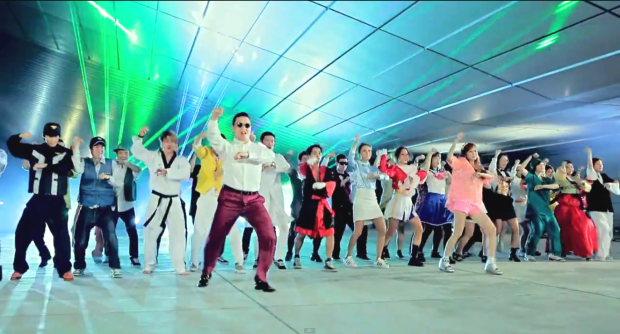Possibility for Teachers: Kill the unit. Move to persistent, streaming “lessons.” Leverage the mini-lesson. Use project and mini-projects. Encourage intellectual stamina and endurance not through duration, but anchoring themes and projects that persist.
4. Selective Social Interaction
There are plenty of ways YouTube users can socially interact, but compared to other electronic media platforms, the YouTube experience can be as anonymous or transparent as the user defines.
Possibility for Teachers: Offer choices to publish work consistently, but not simply for the sake of publishing because it sounds “21st century.” Rather, allow students to understand the nuts and bolts of publishing. Why publish? To which audience? Through which media form? Distributed through which media channel? And most importantly, why? Offer optional group work with authentic reasons for collaboration—and opportunities for learners to move between class members and groups based on their expertise, interest, etc. Self-paced. Self-selected. (Tip: This type of capacity must be developed, not tried once and pitched because “it didn’t work.”)
5. Non-traditional
In a thumbing of the nose to the status quo, YouTube is a haven for whimsical, non-traditional content.
Possibility for Teachers: As with YouTube, when the content is king and haughty formality is secondary, users feel empowered to engage. Give them what they need, and get out of their way even when you may not see the immediate “rigor” of an idea. See also #5.
6. Humor
People like to laugh, and YouTube makes discovering, sharing, and commenting on funny videos simple.
Possibility for Teachers: We are quickly becoming a media-centered society. Across all content areas—especially those that don’t seem to suggest it—work in media forms that are funny, satiric, ironic, or self-effacing (students love that). Cracked.com is an excellent example of how this can be done consistently.
7. Cultural Hyperbole
When you’ve got billions of videos, it should be no surprise that YouTube benefits from both diverse and spectacular content. It is the extreme that catches our eye, whether by topic (e.g., violence, humor, romance), or the context (e.g., watching a video with 500,000,000+ views). These opportunities offer the user the chance to, passively, participate in a kind of cultural spectacle—a daily, digital Woodstock. And the decidedly non-Woodstock.
Possibility for Teachers: This starts with knowing the ins, outs, and secrets of your curriculum. Where is there spectacle? What would be interesting to laypersons? What is often misunderstood? Think Mythbusters.
8. Passive Consumption
Rather than a stack of books that require deep reading and intellectual stamina, or a stack of magazines that require endless skimming and page-turning, via the Google-based search engine, YouTube puts more media in your lap than you could ever hope to consume. Here, users’ roles are simple: surf the channel, and enjoy the show.
Possibility for Teachers: Make processes and procedure as simple and transparent as possible. This is not to suggest that instruction should occur below a learner’s Zone of Proximal Development, but rather that often procedural knowledge and murky processes can cloud what’s most important in a lesson. While an absolutely backwards idea in the learning process, passivity works wonders for digital media consumption. In the classroom, during critical input experiences keep processes and procedure free from “debris,” learner-centered, and content-focused.
9. Active Selection
While largely passive, there is opportunity on YouTube for active participation, including forming video responses or video annotation. This seems to counter the idea of passivity, but the role of interaction here is limited in intensity and duration.
Possibility for Teachers: Model decision-making with learners. Give them “voice and choice,” and hold them accountable for the power and responsibility that comes with choice.
10. Assisted Discovery
“Suggested Videos” change everything. Imagine every time you read a poem, based on some prescient mathematical algorithm another poem—similar in content, structure, or some other important way—materialized before your eyes, functioning as a kind of socially-suggested anthology. Game changing!
Possibility for Teachers: consider thematic instruction, where learning is anchored by a theme (“What is Design?”), rather than a handful of standards, the end-of-the-unit assessment, or worse, simply a genre.
This post originally appeared on TeachThought, where Terry Heick is the director of curriculum.


